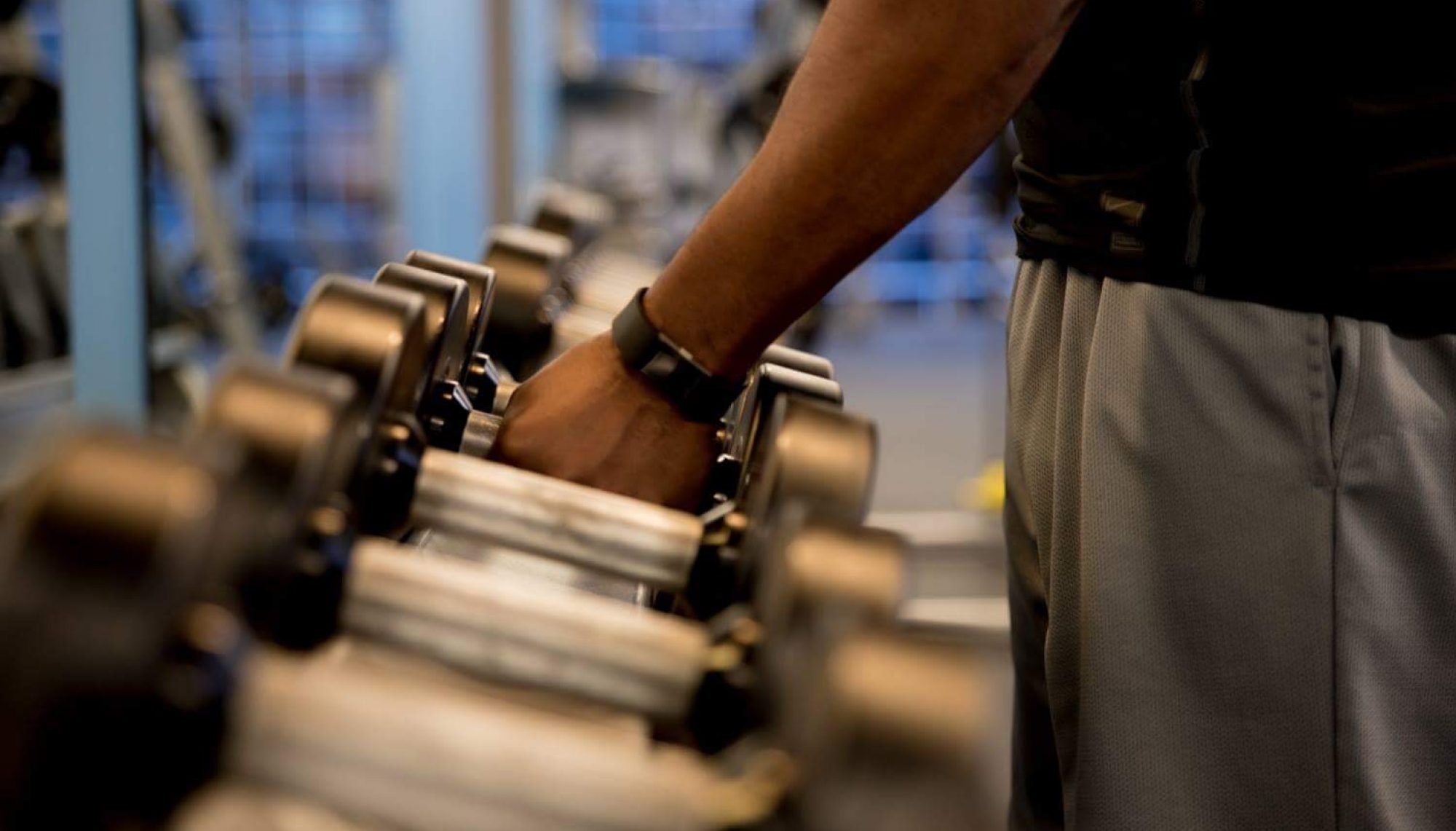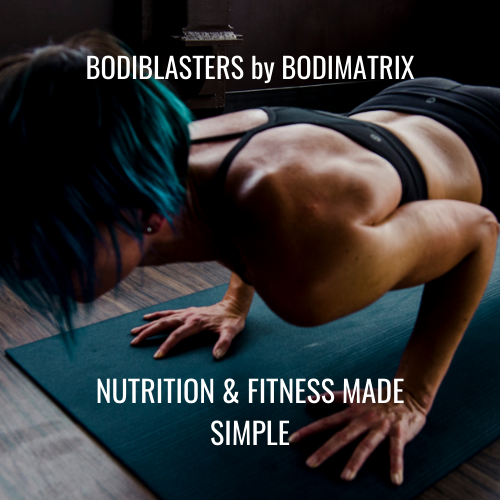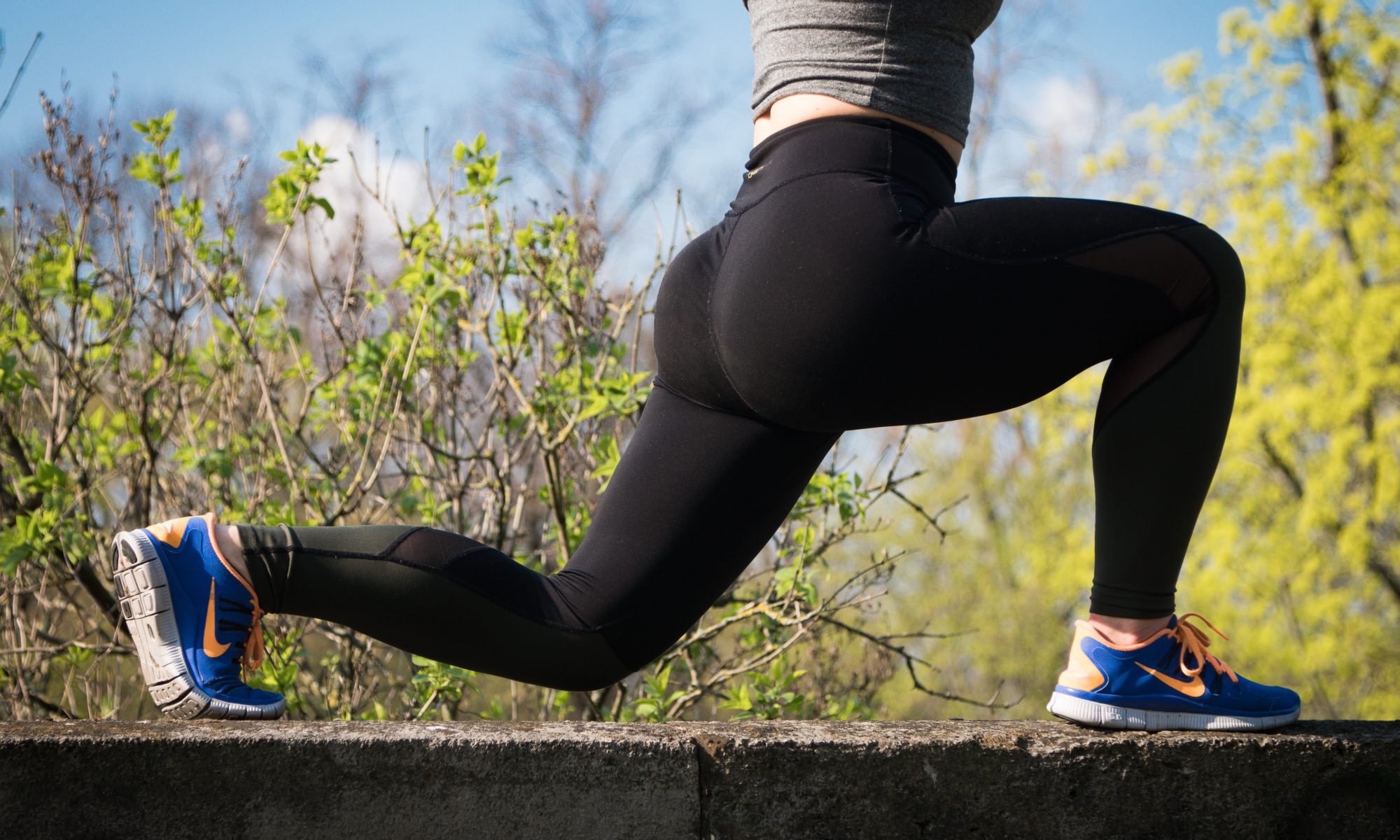Full Range of Motion (ROM) vs. Long-Length Partials: Optimizing Hypertrophy and Strength
In strength training, there’s an ongoing debate on whether using a full range of motion (ROM) or focusing on partial movements, especially in the lengthened position, is more effective for muscle growth and strength gains. Understanding the impact of each approach helps lifters and athletes make informed decisions to maximize training results.
Full Range of Motion (ROM): The Balanced Approach
Full range of motion exercises involve moving a muscle through its entire capability, from fully lengthened to fully contracted. This approach offers distinct benefits:
- Comprehensive Muscle Engagement: Full ROM allows all muscle sections to activate, supporting balanced muscle growth. By engaging the entire muscle structure, full ROM ensures that both ends of the muscle receive adequate stimulation, promoting uniform development.
- Functional Strength Development: Training with a complete ROM enhances functional strength, especially in scenarios where strength across various angles is essential. This training prepares the body for real-life movements by developing resilience and capability through the muscle’s entire span, avoiding weak spots that can arise from limited motion.
- Enhanced Stretch and Recovery: A brief pause at the stretch point within full ROM allows muscles to sustain greater tension, encouraging a robust hypertrophic response. This stretch-based emphasis creates time under stress, stimulating adaptation and recovery while promoting growth.
Long-Length Partials: Targeted Intensity
Long-length partials focus on keeping the muscle in a stretched or lengthened position, which brings specific advantages:
- High Tension for Growth: Holding a muscle in its lengthened position provides substantial tension, which benefits hypertrophy. Muscles are exceptionally responsive to the stretch phase, making this an effective way to increase stress and promote growth in targeted areas.
- Efficient Training Stimulus: For those looking to save time or emphasize particular muscle areas, lengthened partials can deliver a high-quality stimulus in fewer repetitions. This approach makes it easier to isolate specific muscle segments, which is particularly helpful for those working on particular areas or weaknesses.
- Reduced Joint Stress: Focusing on partial rather than full ROM can alleviate joint stress, making it a viable option for those recoverom injuries or aiming to redreducingific body parts.
Combining Full ROM and Lengthened Partials for Optimal Results
Rather than choosing one approach over the other, a combination of full ROM exercises with occasional lengthened partials can enhance overall results:
- Balanced Development and Recovery: Incorporating full ROM and lengthened partials helps balance overall muscle development. While full ROM promotes functional strength and uniform growth, lengthened partials add targeted intensity without excessive joint strain.
- Improving Muscle Endurance: Full ROM strengthens endurance across all angles, whereas lengthened partials enhance muscle resilience in the stretch position. By alternating these methods, lifters can experience sustained muscle strength and endurance improvement.
- Personalization Based on Goals: Lifters focused on hypertrophy may benefit more from lengthened partials, while those emphasizing functional strength or sports performance can prioritize full ROM training. Adjusting training plans to include both approaches based on individual goals and limitations ensures a well-rounded fitness strategy.
Practical Recommendations for Training
To maximize tIt’s use full ROM as the foundation of most exercises, particularly for compound ments. This approa, to maximize training results with both full ROM and long-length partialsch ensures balanced muscle activation and comprehensive development across different angles of motion.
Lengthened partials can then be incorporated strategically, particularly in isolation exercises, to emphasize specific areas needing extra attention or intensity. Recovery needs should also be considered, as both methods place unique demands on the body. Complete ROM exercises, for instance, are well-suited for structured recovery between sets, while lengthened partials, when overused, can lead to fatigue and joint strain.
By balancing thethoughtfully balancing these techniques enhance strength and muscle growth while maintaining long-term joint health and performance.
Conclusion
Incorporating both a full range of motion and lengthened partials offers a strategic balance for lifters aiming to maximize muscle growth and functional strength. While full ROM builds strength across all movement angles, lengthened partials provide targeted intensity that can complement a whole ROM routine. By combining these methods and adjusting based on individual goals and recovery capacity, lifters can ensure sustainable progress and well-rounded development.





